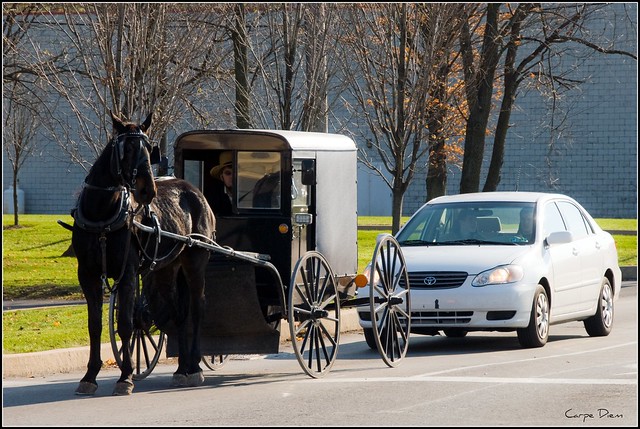“A good science fiction story should be able to predict not the automobile but the traffic jam.” -Frederik Pohl
Mapzen loves transit. So we got excited last week when Elon Musk hinted at a traffic solution through underground tunnels:
Traffic is driving me nuts. Am going to build a tunnel boring machine and just start digging…
— Elon Musk (@elonmusk) December 17, 2016
While we’d welcome any new rapid-transit initiatives for inclusion into Transitland, we’ve been hard at work on a different approach to the same problem: Open Traffic. Announced yesterday by our partners at the World Bank, Open Traffic is a data partnership that now includes global ridesharing companies like Easy Taxi, Grab, and Le.Taxi (Have data and want to join? Email me and I’ll connect you to the right folks). Mapzen is building the system to take anonymized real-time data from partners and turn it into usable traffic data for routing, display, and historical analysis.
Why is this important? Mapzen believes that open, collaborative map data is the best map data, and traffic data has been too difficult to access openly for too long. Innovative companies like Google, Waze, and Uber have built great products, but we want to make the underlying map data openly accessible so many others can build new products we haven’t even imagined yet. Some cities and states offer free, open datasets but few of them can achieve the kind of real-time data that app companies can just by turning their user’s phones into traffic sensors. Pooling global data offers an accessible solution for everyone, thus the Open Traffic project.
Anonymized, opened, and shared, traffic data will become a valuable public good. The World Bank is involved because traffic is a massive economic problem globally, and open data in this area will improve economies and reduce poverty. We see hints of these benefits in the test city of Manila, but the system we’re building now will have global coverage for use everywhere. Last year in New York City, Uber used data to its advantage: as a popular app, it had access to better data than the local government. With Open Traffic, historic traffic data will become a public benefit, helping transit planners, economies, and citizens everywhere.
Innovations in software engineering combined with traffic and mapping data are poised to transform mobility. Open Traffic will allow us to account for the future of automobiles as well as their future traffic jams. Our routing engine is multi-modal, meaning it provides walking, biking, transit, and driving directions. By understanding better the true costs of traffic we can help communities worldwide decide the best path forward for them.
 Image Credits: Tony Fisher
Image Credits: Tony Fisher